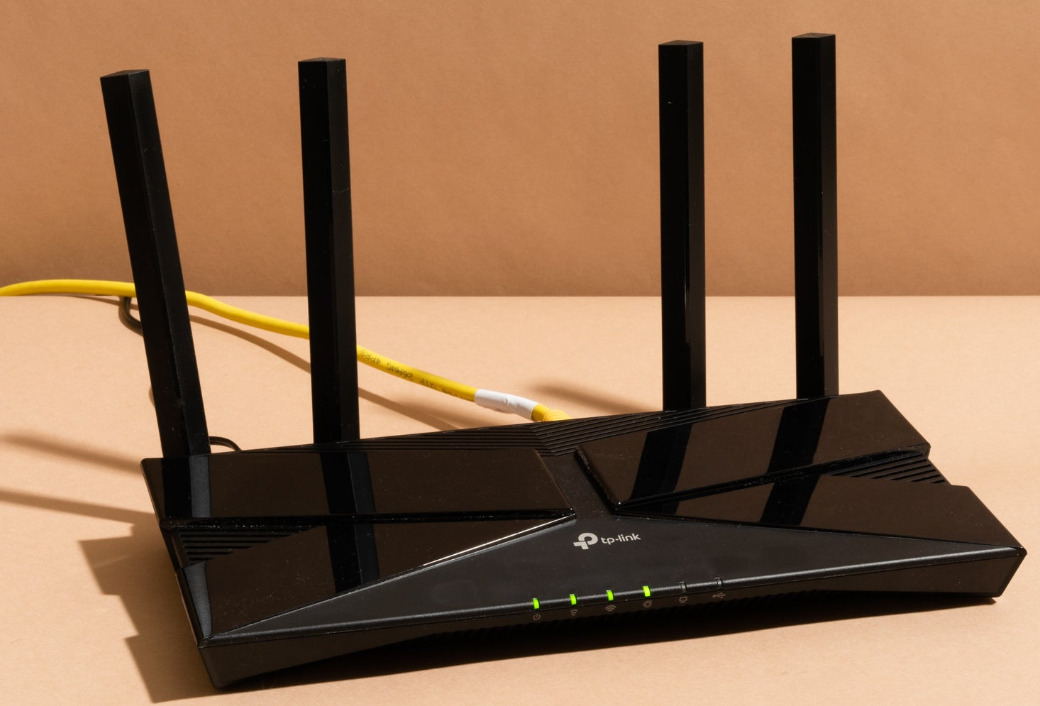Checking your router’s history is a relatively simple process, but it changes slightly depending on what brand of router you have. We live in an age where the Internet rules our lives. We all know that our web browser stores a detailed list of all the websites that we have visited using it. You can check it yourself by accessing the “History” section of this browser.
By convention, suppose you want to see which websites a particular user has visited. In this case, you need to access their device and then open the browser they used to browse the web and then access the browsing history.
However, if the device is connected to your router, all you need to do is access its WiFi history and you will immediately know what websites the user has visited.
You don’t need to physically access their device (phone/tablet/laptop) or know what browser they were using.
As you can imagine, this is a great parental control feature that will help you control the browsing activity of your family members.
How To Check Wi-Fi router history limitations
The Router’s History feature is compelling, but it’s also somewhat limited in terms of display and storage.
For example, the router will not be able to access the exact details of a visited website. This means that it knows which websites a device has visited. But you will not know what activities happened on this website. However, this is only true for HTTPS-certified websites.
Apart from that, the router cannot access any file, web page, or image accessed by a device on your WiFi network. In fact, all this traffic is encrypted and cannot be spied on as quickly.
Also, if the device connects to the Internet using a VPN or TOR browser, it can be even more difficult to learn about your browsing activities. This is because both TOR and VPN hide the device’s IP address, making it difficult to discern which device is which and which websites they connect to.
how you can check your router history Easily
Step 1: Launch the router in a browser
Start the browser your router uses on a computer. The browser must be the one that connects to the router’s network. Next, enter the web address used by the router and enter the search.
Step 2: Enter your IP address
Before you do anything, make sure you enter your IP address first.
The IP address is usually an 8-digit number that you can find in your router’s manual. For example, the format of this is usually “000.000.0.0”. If you cannot find the IP address, you can follow this procedure to retrieve it.
Step 3: Sign in with your credentials
If someone else is setting up the router, it may be inconvenient for you to know the router’s login information. However, you can quickly get this information from the router settings.
Routers come with a manual that highlights login information and includes default login information. If you don’t have the manual, you can search the Internet to find the standard default login information for your type of router.
Usually, the default username will be “admin” and your password will be “password”. If there was any change in the router settings at any point, you can reset the router and retrieve the credentials. You can also recover your credentials using the password recovery feature.
Step 4: Go to Settings
Once connected to the router, go to the settings page. Typically, the settings may differ depending on the type of router you are using.
But in each, you will find the feature known as logs. You will go to the Advanced option on some computers than in the administration to access the Logs.
The logs feature will display the date and time the log was made. It also shows all the IP addresses that connect to the router.
In addition, it displays the destination address with its name, the IP address of the website the target is visiting, and ongoing activity, such as allowing or blocking Internet access.
Step 5 – Check the IP address of the target device
Look for a page that displays the IP addresses of users. To get them, go to Connected Devices on your device and find out which one belongs to the target and write it down.
Scenery
Step 6: Go back to recordings
Click on logs again to get all the sites visited with your router. It will display the IP addresses of the user’s site. Trace the target IP address from there and make sure to enable the logging feature.
How to Check Wi-Fi Router History for Visite Website
In your PC’s browser, type your IP address, which is an 8-digit number. This number is found by checking the router manually,
Click Run,
CMD Type
Click OK
Type IPCONFIG /ALL. Let the command prompt execute your command. Scroll down to Default Gateway. Alongside the default gateway is a string of numbers, which are your IP address.
how to check wifi router history using cmd
Copy and paste these numbers into a web browser to open the router settings.
After entering the IP address, you will be directed to your router dashboard, depending on the type of router you have.
Log in using your administrator login information. Again, these are in the manual, or you can check them on the bottom of your wireless router.
On your router’s dashboard homepage, you’ll see the Wi-Fi history viewer and logging settings. Proceed to check the history of your router.
Before scanning the logs, find out each of the IP addresses of the connected devices. Check under Connected devices or another name, depending on your device.
The log will show:
Date and time of entry
Source IP, which is the IP address of the device that initiated a search
Destination address, which is the IP address or name of the visited website
Action that occurred whether access was denied or granted.
